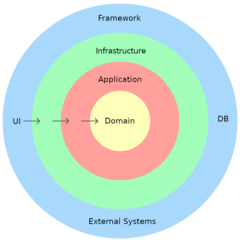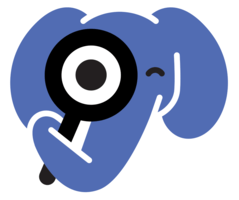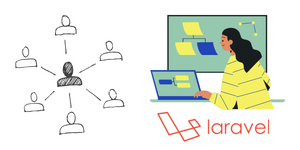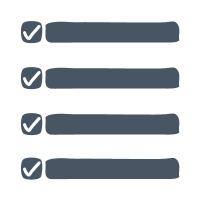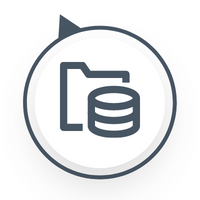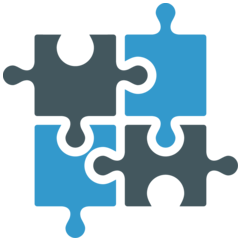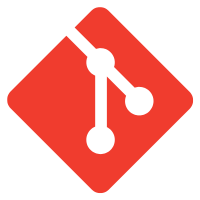Domain Driven Design: Introduction

Domain Driven Design, or DDD, is a software design approach that emphasizes solving business problems and organizing the corresponding logic, rather than focusing on details such as programming languages or infrastructure technologies. The primary goal of DDD is to map real-world systems or processes into software artifacts. In order to enhance our comprehension of the fundamentals of DDD, let's take a closer look at some crucial concepts.

